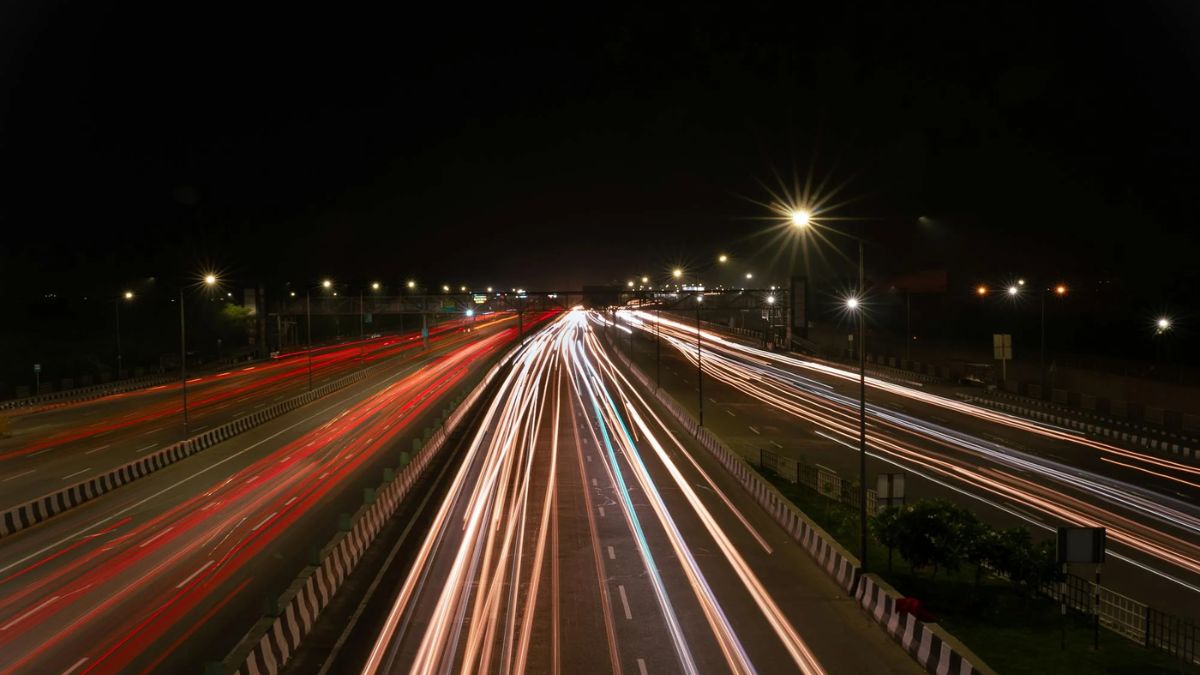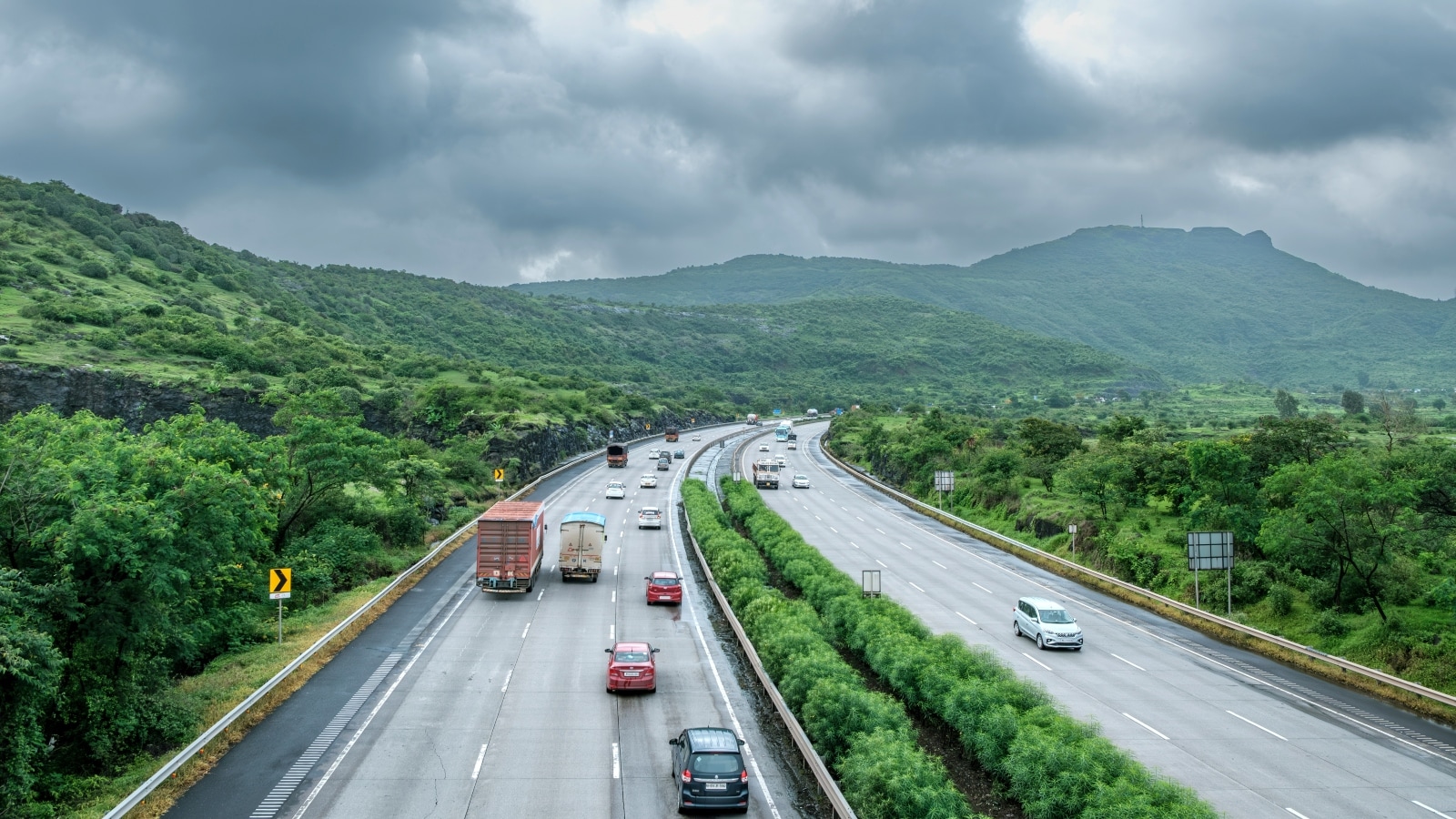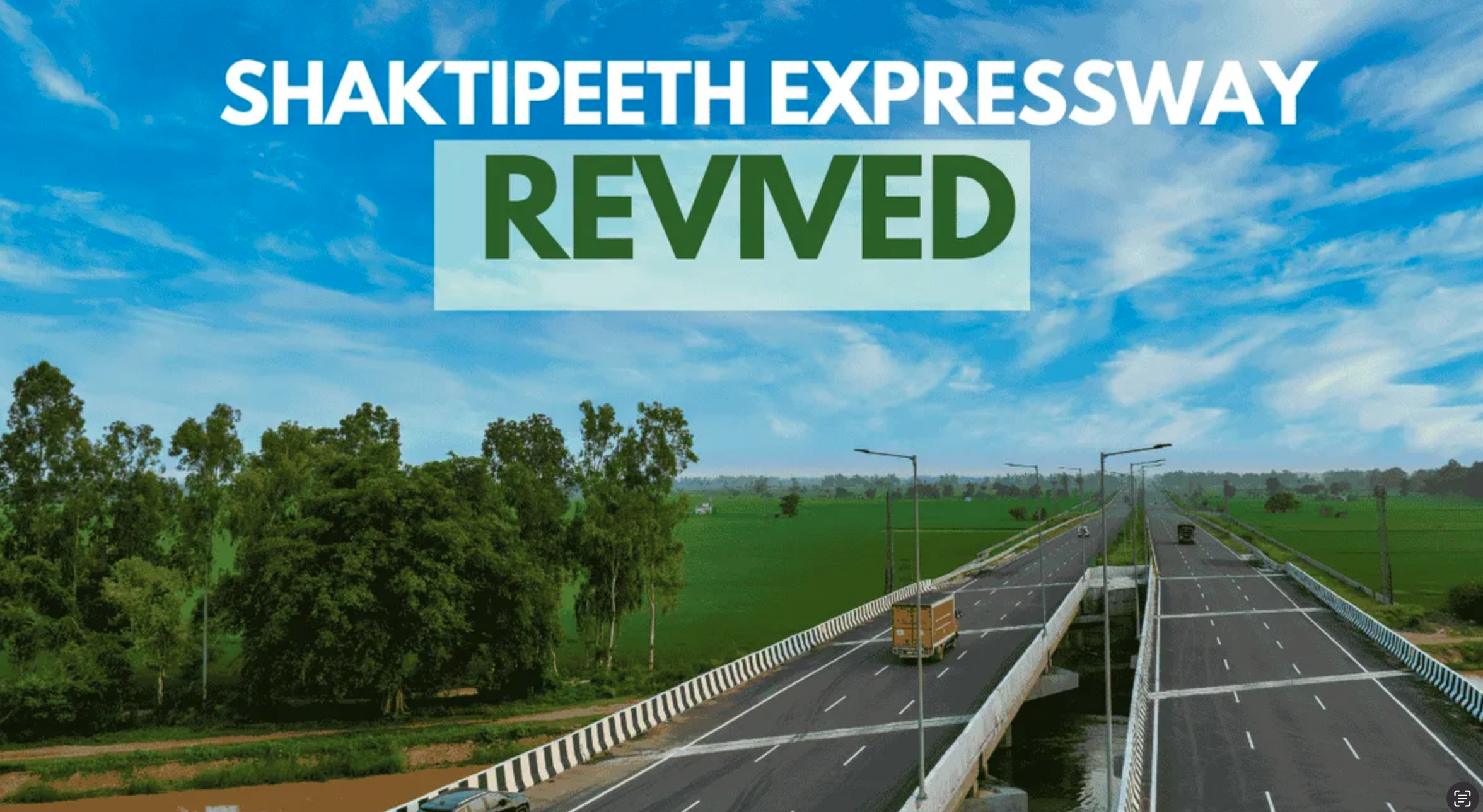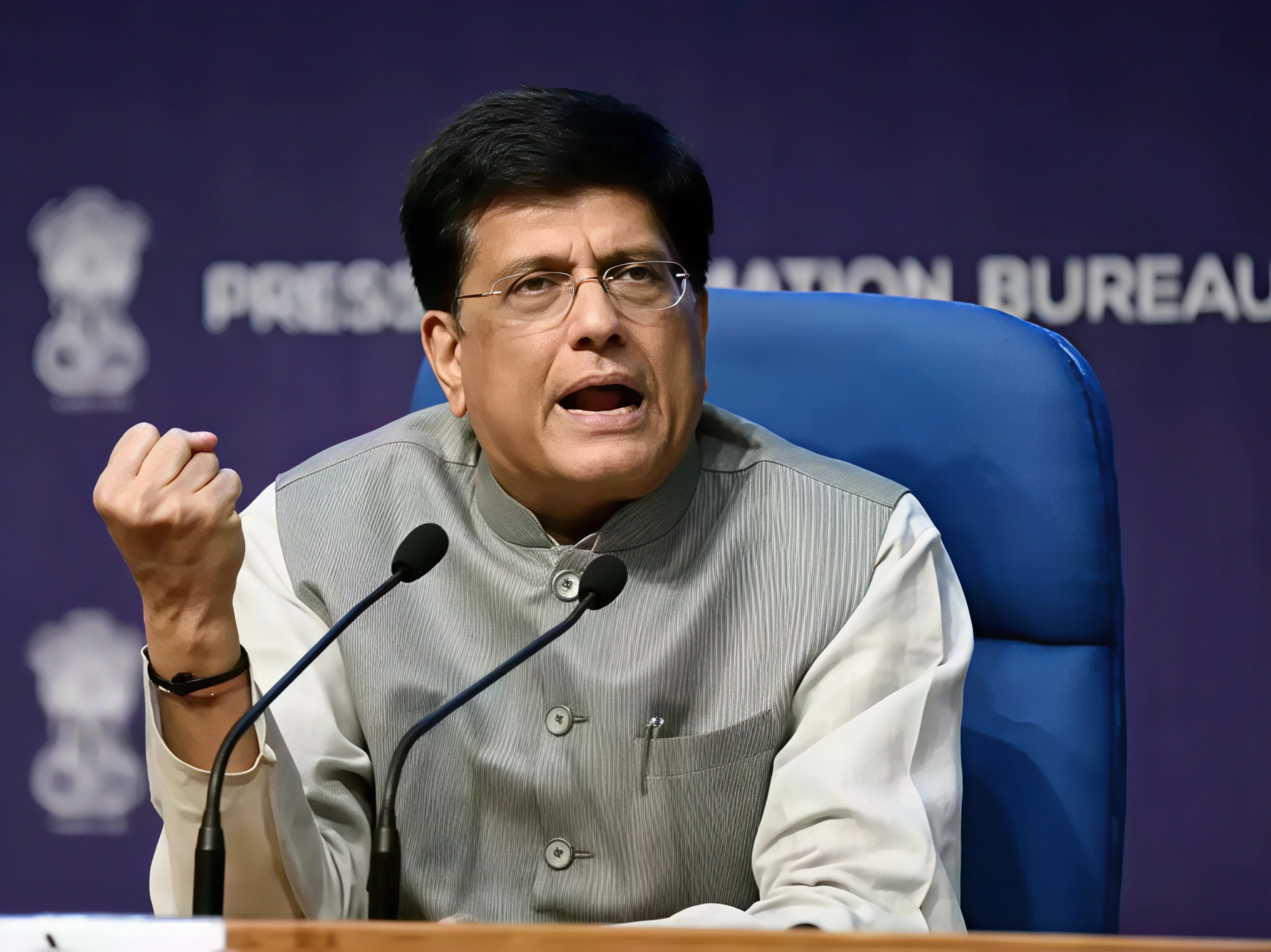The upcoming Shaktipeeth Expressway is set to drastically reduce travel time between Nagpur and Goa from 18 hours to just 8, while also linking key pilgrimage and tourist sites across 12 districts of Maharashtra.

The Maharashtra government has approved a landmark infrastructure project that could transform how people travel across the state. The Shaktipeeth Expressway, an 802 kilometre route connecting the eastern city of Wardha to the Goa border in Sindhudurg, is designed to ease long travel hours and bring remote regions into the mainstream. With an investment of over twenty thousand crore rupees and a sanctioned loan of twelve thousand crore from HUDCO, the project has entered its implementation phase under the Maharashtra State Road Development Corporation.
This expressway is not only about roads and reduced hours on the highway. It represents a larger vision of connectivity, economic upliftment, and tourism development. By linking Wardha to Patradevi, the expressway will pass through twelve districts including Yavatmal, Hingoli, Nanded, Parbhani, Beed, Latur, Dharashiv, Solapur, Sangli, Kolhapur, and finally Sindhudurg. For travellers, this means reaching the beaches of Goa from Nagpur in almost half the time it currently takes. For businesses, it translates to faster logistics and easier access between agricultural belts and coastal trade hubs.
What makes this corridor even more meaningful is its alignment with major religious and historical sites across the state. Named after the Shaktipeeths, the route will touch prominent pilgrimage centers like Mahur, Tuljapur, Kolhapur, and Pandharpur. Devotees will also benefit from easier access to Aundha Nagnath and Parli Vaijnath, both revered Jyotirlingas. Spiritual towns like Akkalkot, Audumber, and Narsobachi Wadi are also part of the mapped route, turning this highway into more than just a transport corridor. It becomes a cultural and religious spine running through the state.

Historical towns like Ambajogai and Karanja Lad are also expected to see a revival of tourism interest. These towns, rich in architecture and spiritual lore, have often remained under visited due to poor accessibility. The new expressway aims to change that by opening up new travel circuits for both tourists and pilgrims.
The Maharashtra government hopes the expressway will not only promote tourism but also bring economic opportunities to rural areas along the route. Improved road access often triggers a ripple effect, from better supply chains to more job creation in the hospitality and local trade sectors. The vision is to integrate backward regions into larger economic activities by bringing highways closer to them.
Despite some opposition from farmers and locals due to land acquisition concerns, the government has assured that all voices will be heard. Chief Minister Devendra Fadnavis has called for open dialogue and promised community consultation to ensure fair handling of issues. The project is expected to be carried out with both development and sensitivity in mind.
As Maharashtra embarks on one of its most significant road projects in recent times, the Shaktipeeth Expressway holds the promise of faster journeys, stronger economies, and a renewed spotlight on cultural heritage. Once complete, this highway will not only connect cities but also people, beliefs, and regions long separated by time and distance.
Follow Travel Moves on Instagram and Facebook for more updates on travel infrastructure, destination insights, and cultural routes across India.








